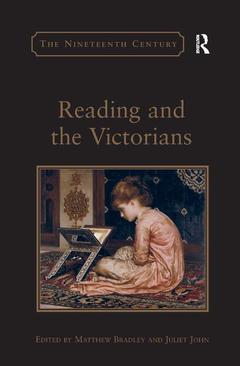Description
Reading and the Victorians
The Nineteenth Century Series
Author: John Juliet
Coordinator: Bradley Matthew
Language: English
Subjects for Reading and the Victorians:
Keywords
experience; database; david; copperfield; langham; place; group; mudies; select; library; Young Man; Bashkirtseff’s Journal; Reading Experience Database; Vice Versa; Mudie’s Select Library; King George III; Macaulay’s Review; Sir Henry Ponsonby; Henry Ponsonby; Lady Audley; Marie Bashkirtseff; Senate House Library; Barbara Bodichon; Mrs Henry Wood; Victorian Afterlives; Langham Place Group; Reading Great Expectations; Studies Subsidiary; Dickens’s Prose; Reading Room; Critical Afterlife; Langham Place; Library Circular; Lady Audley’s Secret; Victoria Magazine
Publication date: 09-2018
· 15.6x23.4 cm · Paperback
Approximative price 164.74 €
In Print (Delivery period: 14 days).
Add to cartPublication date: 03-2015
· 15.6x23.4 cm · Hardback
Description
/li>Contents
/li>Biography
/li>




